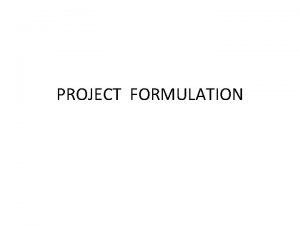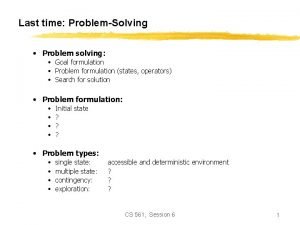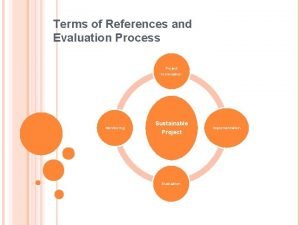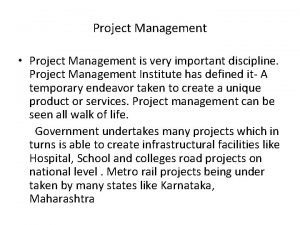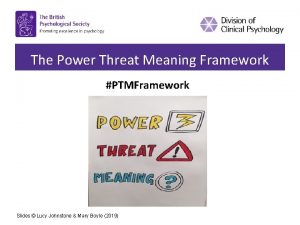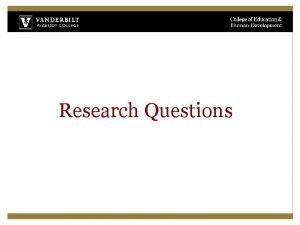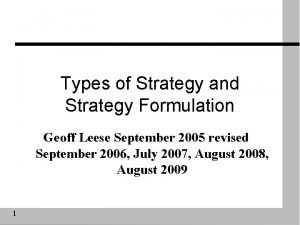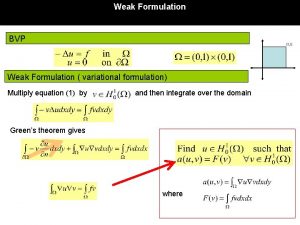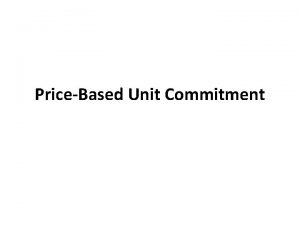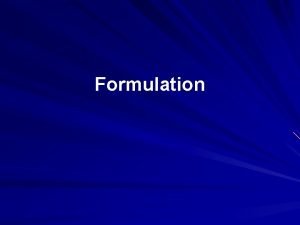PROJECT FORMULATION 1 Meaning 2 Need 3 Significance











- Slides: 11

PROJECT FORMULATION

1. Meaning 2. Need 3. Significance 4. Elements

1. Meaning • Systematic development of a project • for the eventual objective of arriving at an investment decision • by step investigation and development of project idea.

2. Need • • • i. Selection of an appropriate technology ii. Influence of external economies iii. Dearth of technical qualities iv. Resource mobilisation v. Knowledge about govt regulation

3. Significance i. obtain govt clearance and in meeting hurdles in procedure formalities ii. assistance from financial institutions.

4. Elements i. Feasibility analysis ii. Techno-economic analysis iii. Project design and network analysis iv. Input analysis v. Financial analysis vi. Social cost- benefit analysis vii. Project appraisal

Elements cont • i. Feasibility analysis: evaluating the future of a project idea within the limitations of project implementing body and the constraints imposed on the project situation by the environment. • Three stages- a. prefeasibility study b. feasibility study c. project report

• ii. Techno-economic analysis: identification of project demand potential and selection of optimal technology • Produces necessary information • Determination of Project Demand Potential • starting point of analysis-demand forecasting. size of the project and the technology used depend on demand potential • . Three stages in quantitative market analysis • a. situation analysis, b. data collection and compilation and c. interpretation and presentation

• Selection of optimal project strategy • many strategies available • Best suitable for achieving objective with minimum expenditure • potential, alternative courses, optimal strategy and techno economic appraisal

• iii. Project design and network analysis • Individual activities and interrelationship between activities • Events • Development of detailed work plan of the project and time profile • Network diagram identify course of action so as to execute the project within the minimum time keeping in mind the available resources.

• iv. Input analysis • Identification, quantification and evaluation of project inputs • Nature of resources required • Magnitude • Possibility of uninterrupted supply
 Mention the significance of project formulation
Mention the significance of project formulation Why problem formulation follow goal formulation
Why problem formulation follow goal formulation Project formulation and evaluation
Project formulation and evaluation Project formulation
Project formulation Power threat meaning framework critique
Power threat meaning framework critique Non researchable problems examples
Non researchable problems examples Significance meaning
Significance meaning Political significance definition
Political significance definition Meaning and scope of education psychology
Meaning and scope of education psychology Role of hrm in strategy formulation
Role of hrm in strategy formulation Types of strategy formulation
Types of strategy formulation Spin finish oil formulation
Spin finish oil formulation
